How to Resurface
Concrete
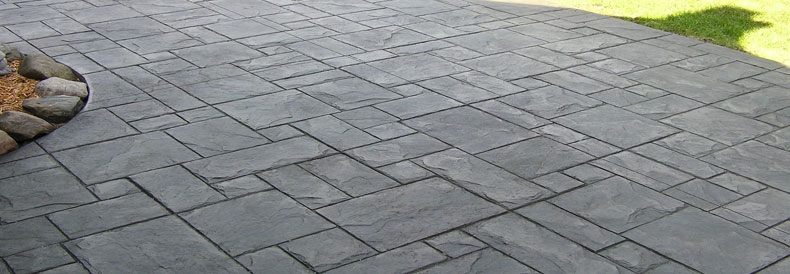
Concrete, over time, will always crack. It is one of the strongest surfaces/materials on the planet, but it will inevitably crack, discolor, or begin to show signs of aging. Things like heavy foot traffic, intense pressure, chemicals, exposure to weather, and more will begin to break your concrete surface down. So, what do you do? You don’t have to replace it, that’s one thing, and another is that you don’t have to spend thousands of unnecessary dollars on upgrading or repairing the surface. Choosing to resurface your concrete floors is a very inexpensive and quick option when your floors have not aged well.
Here are the steps to a well-resurfaced floor
Cleaning the surface
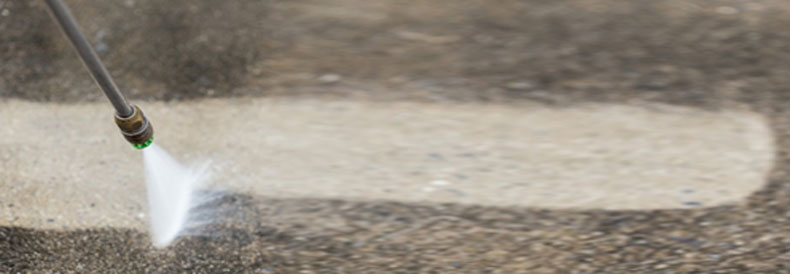
Before any techniques or installation, your surface has to be cleaned. Any foreign objects, dirt, oils, stains, etc. have to be cleaned. This step can be taken by using a pressure washer or, if this is being done indoors, mechanically cleaned.
Fix it good
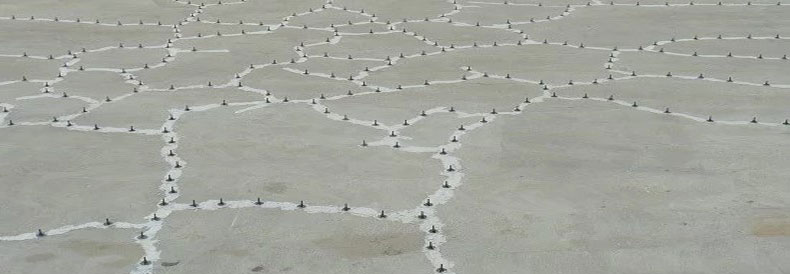
Don’t start resurfacing your concrete without fixing some underlying issues like cracks, spalling, stains, and whatever else is happening with your concrete. Check with a professional to ensure that you buy and utilize the best materials for any spalling or cracking.
Remove the past
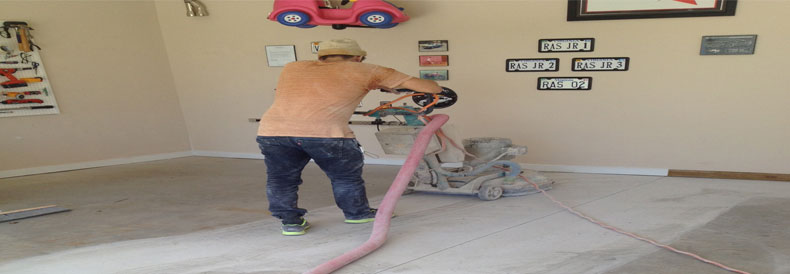
Any previous paints, sealants, waxes, or coatings left over on the surface will have to be removed. The resurfacing will not take properly if other previous blasts from the past have not been fully removed. This can be done by mechanically grinding down the area and stripping the coating off while simultaneously opening up the concrete’s pores.
Hose it
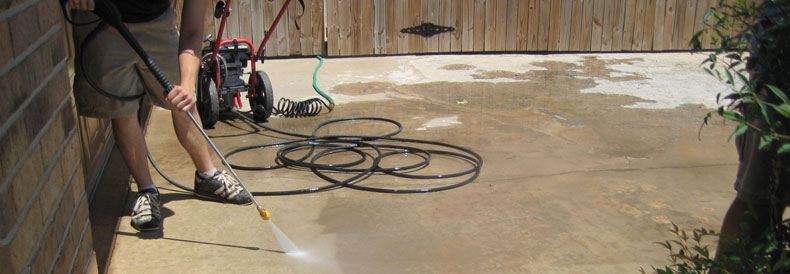
If you’re doing this in an area that can be hosed down, then do it! After your surface has been repaired, your surface has to be cleaned thoroughly once again. Once the area has been hosed be sure to remove any standing water.
Blending time

Use a 5-gallon bucket to blend the resurfacer and this can be done manually or with a power drill. It is important to read the directions carefully and only use the amount of water-to-resurfacer that is recommended in the directions. Without a proper mixture, you will not have a strong long-lasting surface.
Weather or not
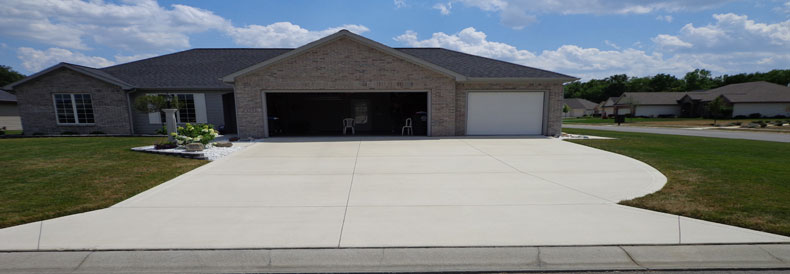
Be sure to know what the weather is going to be before you begin resurfacing your floors. Work in sections if you’re doing this alone and don’t try to tackle the entire surface all at once. Pour the mixture into wide strips and squeegee it throughout the surface, quickly, or it will dry. When you’re finished the surface should be smooth.
Texturizing it

Once the product you’ve applied is semi-dry, which should take a handful of minutes, run a broom across the surface to create a safe non-slip surface. Do so in a consistent repetition throughout the floor to ensure there is uniformity.
Finishing up
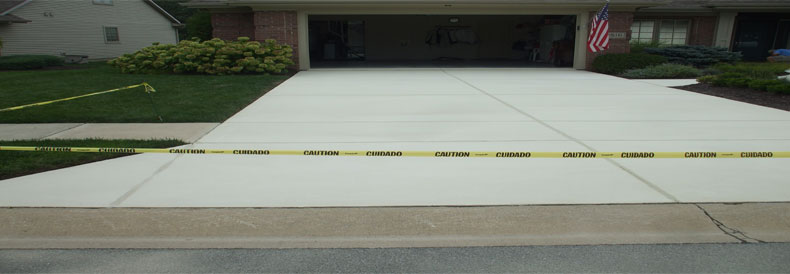
Keep the area clean and dry for 24 hours because the resurfacer is beginning to cure. If the weather is extremely hot, spray the surface with water so the area does not dry quickly because it will crack.
Seal the deal
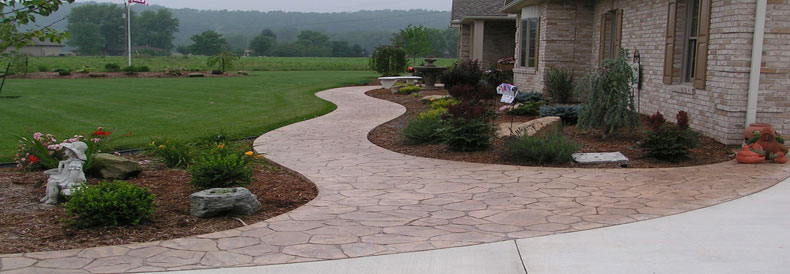
Two hours after the surface has dried, the concrete will be ready for light use, after 24 hours a sealer should be applied to enhance the durability and beauty of the floor.
